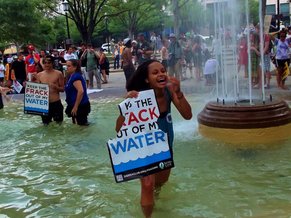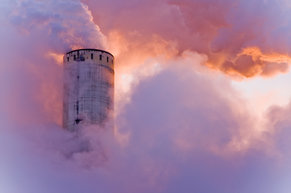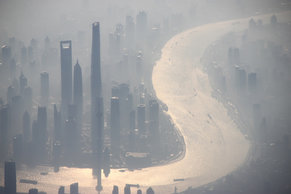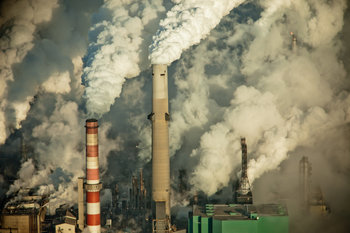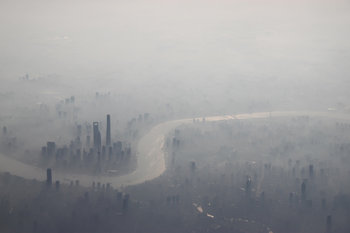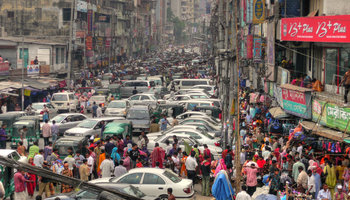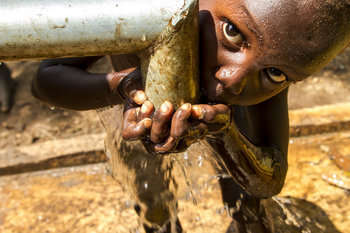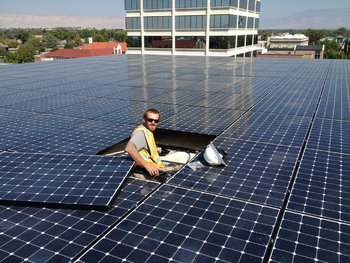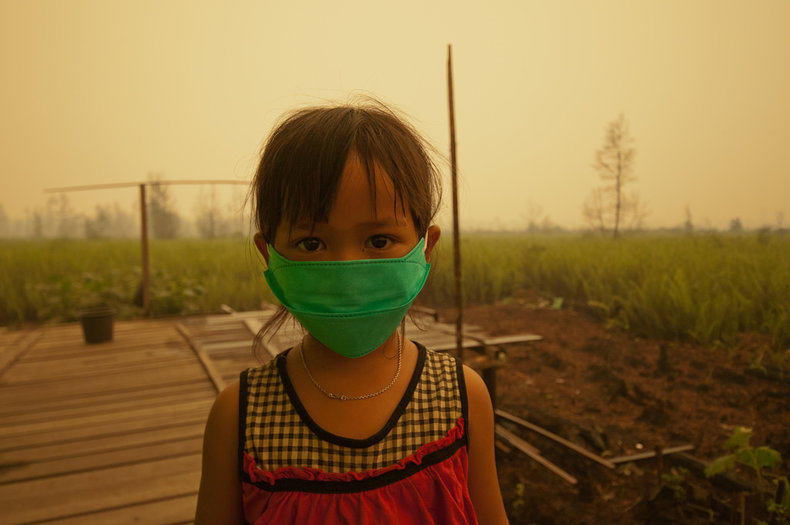
Right To Know
The right to know what hazardous substances, particularly chemicals, that you are exposed to in your daily life. For example, an industrial site or farm that needs to explain to neighbors what it is putting into the ground, water and air.Proximity to Harm
The tendency for the poor and middle class to live on land that is close to harmful environments such as industrial, military, farming, mining and waste management sites that emit pollution.Precautionary Principle
The principle that if there is reason to think that a practice, process or product could possibly damage the environment or health that the decision to launch it err on the side of caution. Historically, the opposite approach was taken whereby things are launched freely by companies with the public requiring 100% proof of harm before such products and processes could be stopped. This often took many decades such that great harm occurred before a harmful product or practice could be halted.Economic Bads
The recognition of negative economic value created by products, services and processes and the requirement that producers and consumers pay these costs. For example, incorporating the cost of air pollution into the price of a product that produces it.Accountability
The principle that corporations and governments pay for the economic bads they create and be held criminally responsible for damages that occur due to negligence or environmental fraud.Exporting Waste
The questionable but relatively common practice of developed countries exporting waste to developing countries where environmental regulations are less strict.Building Materials
Housing that contains building materials that cause health problems due to factors such as indoor air quality or pose a risk in areas such as fire.Public Space
Access to ample green space for leisure, recreation, play and reflection. Generally speaking, the rich are able to spend more time in pleasant natural surroundings where the poor may be relatively restricted to areas of urban concrete. This has broad impacts on childhood development, happiness and health.Environmental Access
Access to environments of priceless value such as a beach. For example, an island where all the good beaches have been purchased by wealthy individuals and five star hotels whereby the local community can no longer access the environmental riches of their island.Overtourism
Tourism in excessive numbers that damages the local environment that a community depends upon for its future.Excessive Consumption
The tendency for the ultra wealthy to use large amounts of resources such as land and burn large amounts of energy with luxuries and toys such as large homes, yachts and jets. This could be addressed with an extremely high tax on luxury items and services that harm the environment such as private jets or private spaceflight.Overfishing
Harvesting of fish stocks beyond the ability of a species to replenish leading to extinctions. This is often perpetrated by sophisticated global fishing fleets from large countries that outcompete traditional fishing practices on a global basis.Depletion of Resources
Depletion of resources such as a large developed country that manages its own forests in a sustainable way but recklessly harvests wood from poorer neighboring countries.Marketing
Marketing of technologies and chemicals to developing countries that are banned or heavily regulated in developed countries. For example, a nation that aggressively markets nuclear power reactors to poor countries because it is politically difficult to build new reactors at home.Brownfield Land
Land that has been used for industrial or commercial purposes that is now polluted such that it is difficult to use. In many cases, the public ends up paying to clean such land or the land gets used by disadvantaged communities, such that it damages their health. Corporations, such as energy and mining companies, commonly create massive brownfield land sites in developing countries and then exit the entire country without cleaning anything up.Global Warming
The ability for the rich to escape many of the impacts of global warming by relocating or changing their travel habits while regular people may be stuck where they are such as an island nation that will likely be completely submerged by rising seas.Globalization
Global treaties that give power to corporate interests and effectively limit the power of democratically elected local governments. For example, treaties that make certain traditional farming practices illegal to advance the interests of European and American biotechnology companies. Globalization may also hold the key to solving environmental problems as it provides the frameworks and incentives for international cooperation.Race to the Bottom
A tendency for firms to relocate operations to areas with the least environmental regulations and enforcement such that local governments may compete to be the most irresponsible in their stewardship of the environment.Economic Fairness
Solutions to ecological problems that threaten the livelihood of the poor without similar sacrifices by large interests such as corporations. For example, discontinuing slash and burn agriculture without offering a realistic alternative to those who depend on this traditional practice.Air Quality
A tendency for the poor to live in areas of low air quality such as beside a highway or near a farm that regularly sprays pesticides where the wealthy can afford to avoid such locations.Food Security
Food security is access to a sustainable and low risk source of local food. Globalization can put local farmers out of business as they may find it difficult to compete with low cost foreign commodities. This can make entire populations dependent on foreign sources of food such that they are vulnerable to political disputes, trade wars and supply chain disruptions.Food Quality
The ability of the rich to afford foods that haven't been treated with pesticides and other chemicals such that they may be unconcerned with issues of food quality that impact the poor. For example, the global elite who influence the laws and regulations related to food safety have access to alternative sources of food, such as organic food or artisanal food, that aren't affected by low standards.Water Security
Water security is the ability of communities to access a reliable and low risk source of clean water. This is a complex issue that is influenced by water management, water infrastructure, toxic waste, hydroelectric projects, agricultural runoff, global warming and desertification.Environmental Disasters
Environmental disasters such as nuclear meltdowns, oil spills and contamination of water and food with toxic chemicals. There is a tendency for the public to pay for such disasters as opposed to the corporate interests that are accountable. For example, by some estimates the Japanese public will eventually pay $470 billion to $660 billion for the cleanup of the Fukushima disaster.Labor Hazards
Exposing labor to dangerous environments without adequate protection, compensation or information.Summary
The following are some of the major issues related to environmental justice: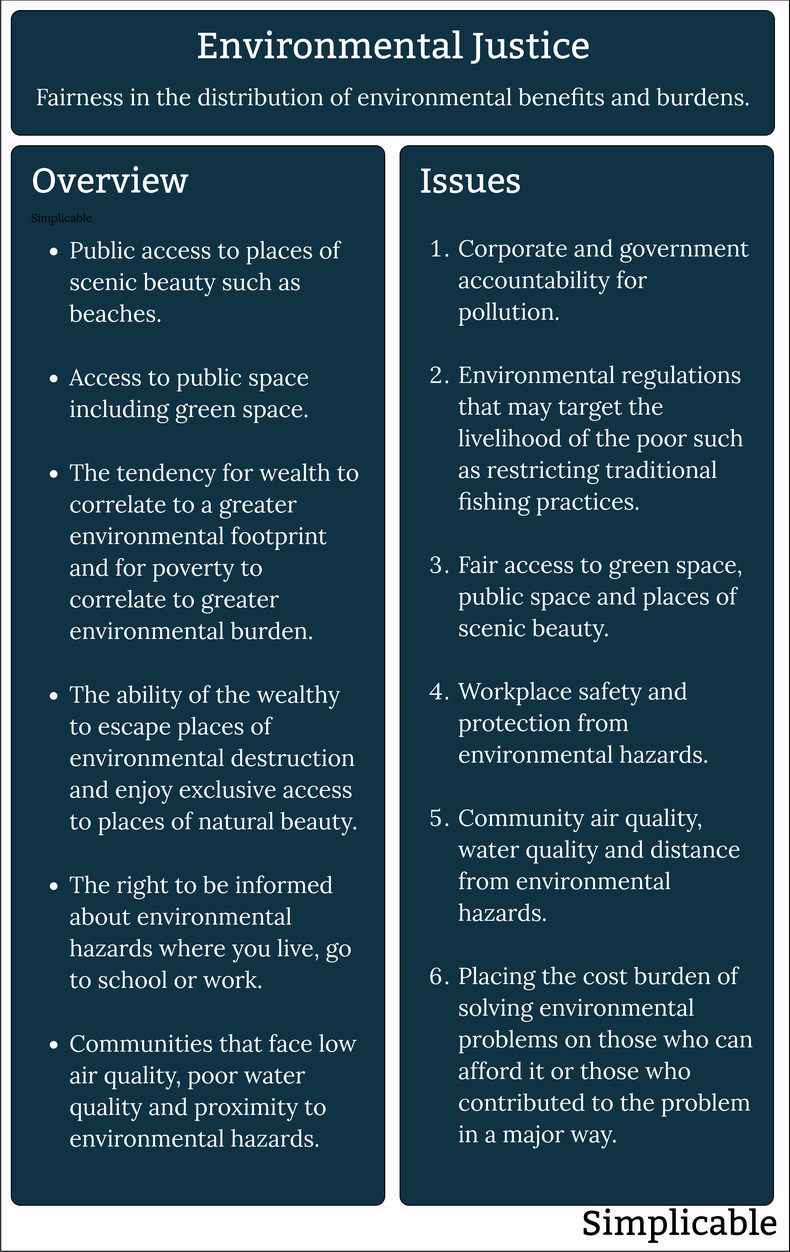
Notes
The examples above are not at all exhaustive such that hundreds of other issues of environmental justice currently exist.| Overview: Environmental Justice | ||
Type | ||
Definition (1) | The fair distribution of environmental benefits and pollution burdens regardless of wealth, income, status, race or nationality. | |
Definition (2) | The pursuit of accountability for environmental destruction and its impact on communities. | |
Related Concepts | ||

